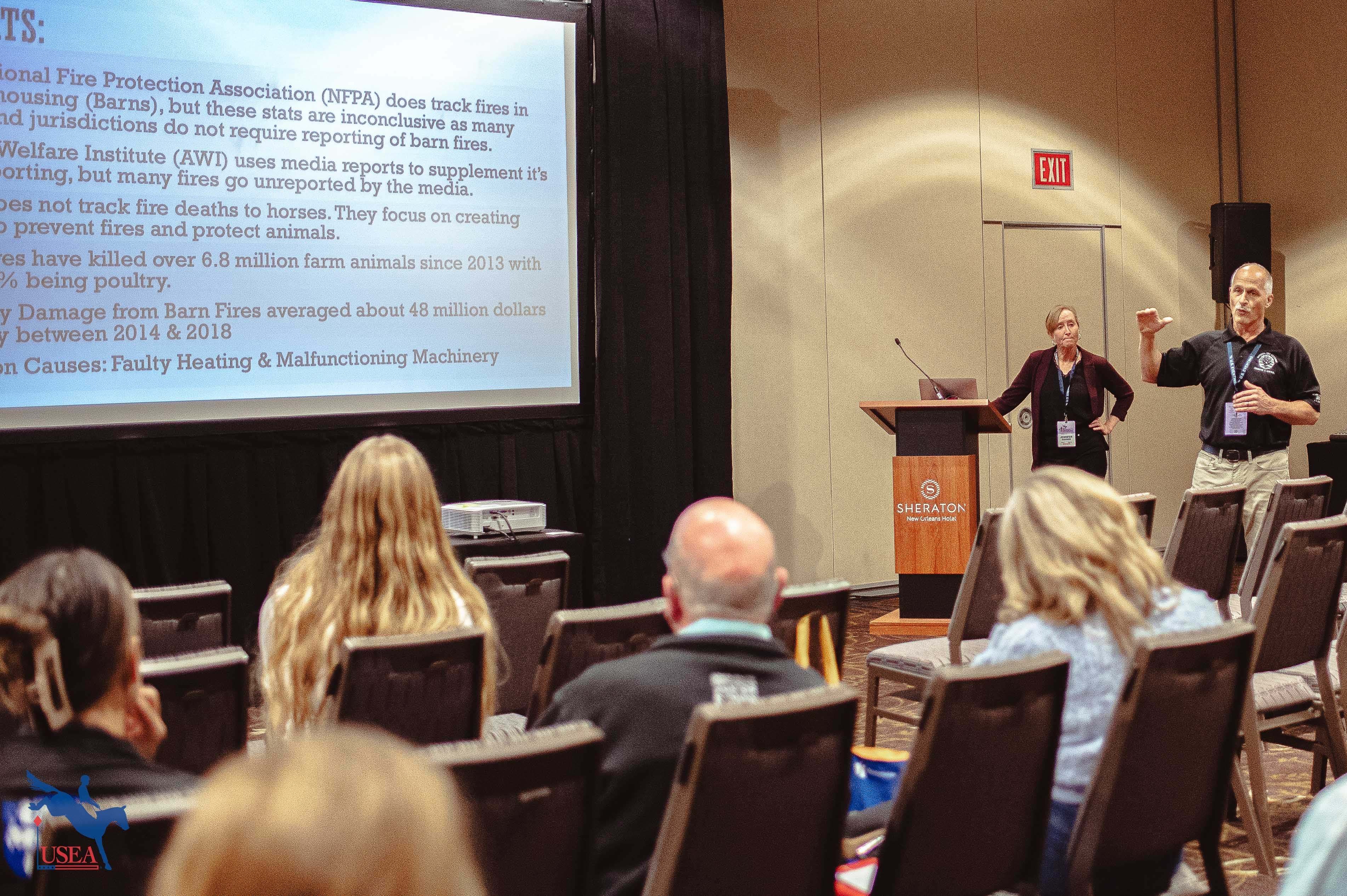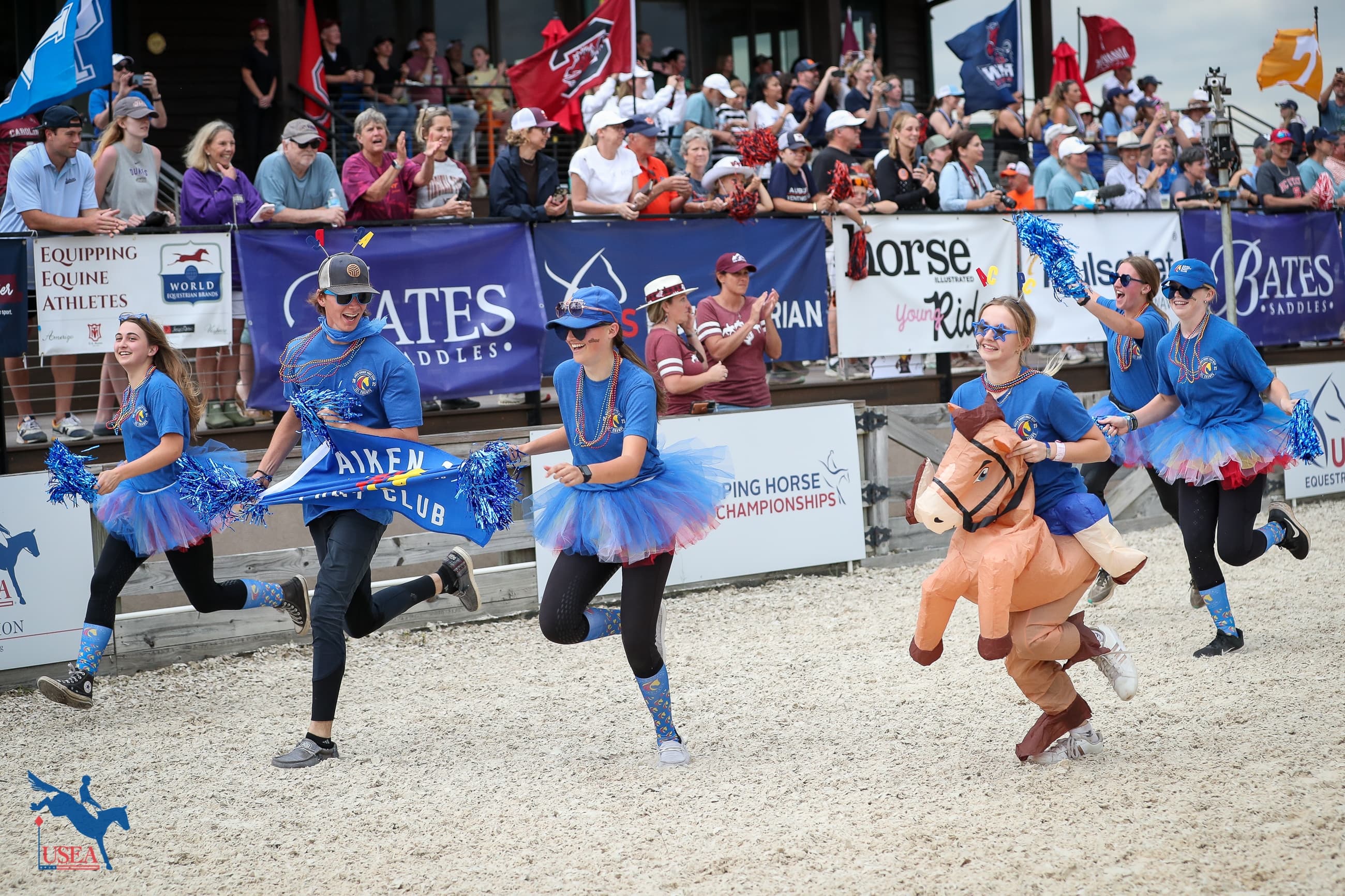Recovering from a Classic Three-Day Event
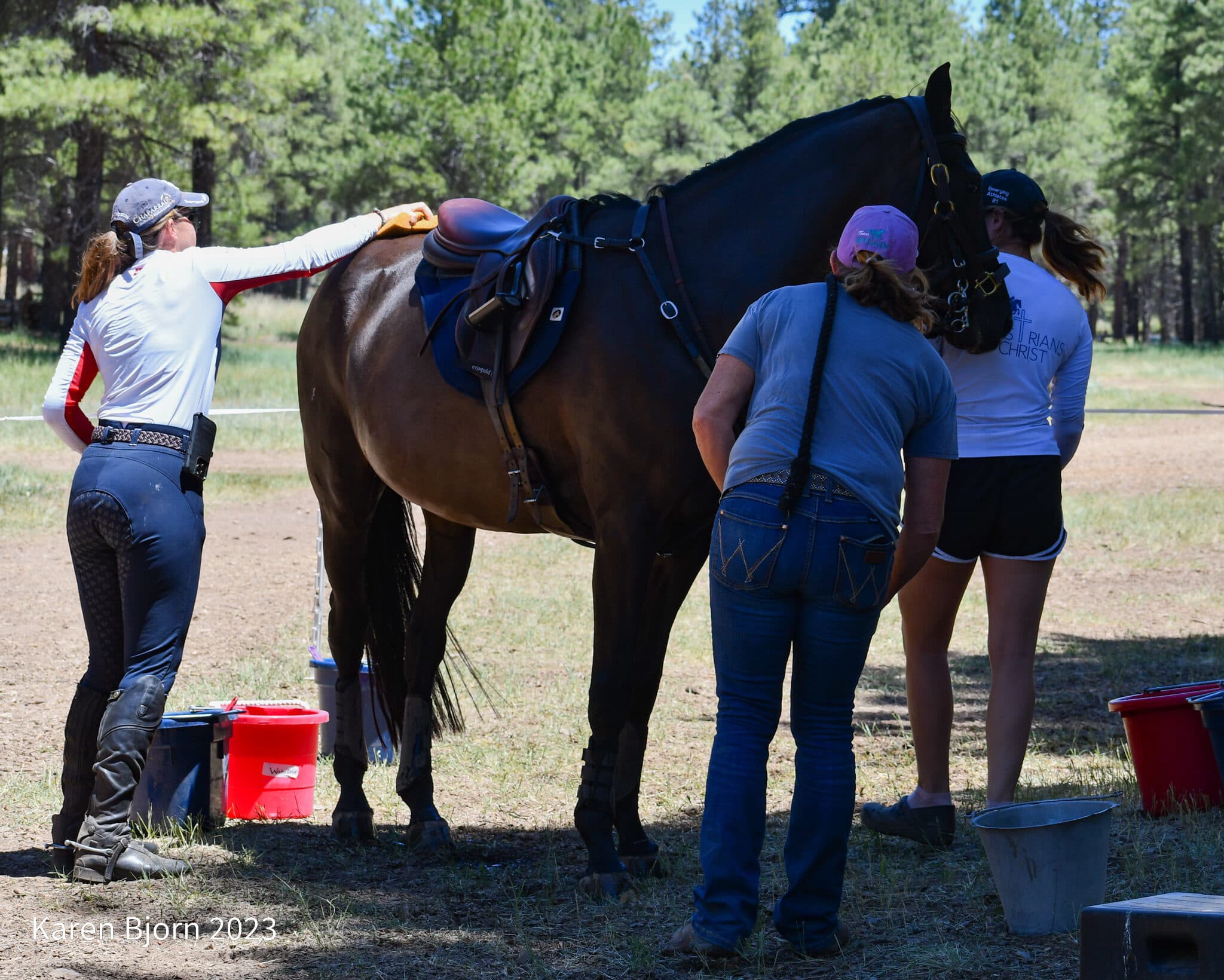
Competing in a long-format three-day event is the ultimate test of preparation, conditioning, stamina, and determination for horse and rider. Recovering your horse from the rigors of a Classic Series Three-Day Event, both during and after the event, is a critical component to your overall success. Recovery is a simple yet complex process that requires a lot of planning and effort from the horse owner, and it doesn’t just begin and end in the vet box on endurance day.
As Area X riders competed in the Western Underground Classic Three-Day Event during the Coconino Summer Horse Trials in Flagstaff, Arizona, on July 6-8, Frederic Bouland, a long-time Area X trainer, competitor and proprietor of Frederic Bouland European Training Stables, provided a primer on recovery from a Classic Three-Day event. Bouland stressed that the recovery process begins long before you head down centerline in your dressage test, and ends long after you cross the finish line in show jumping.
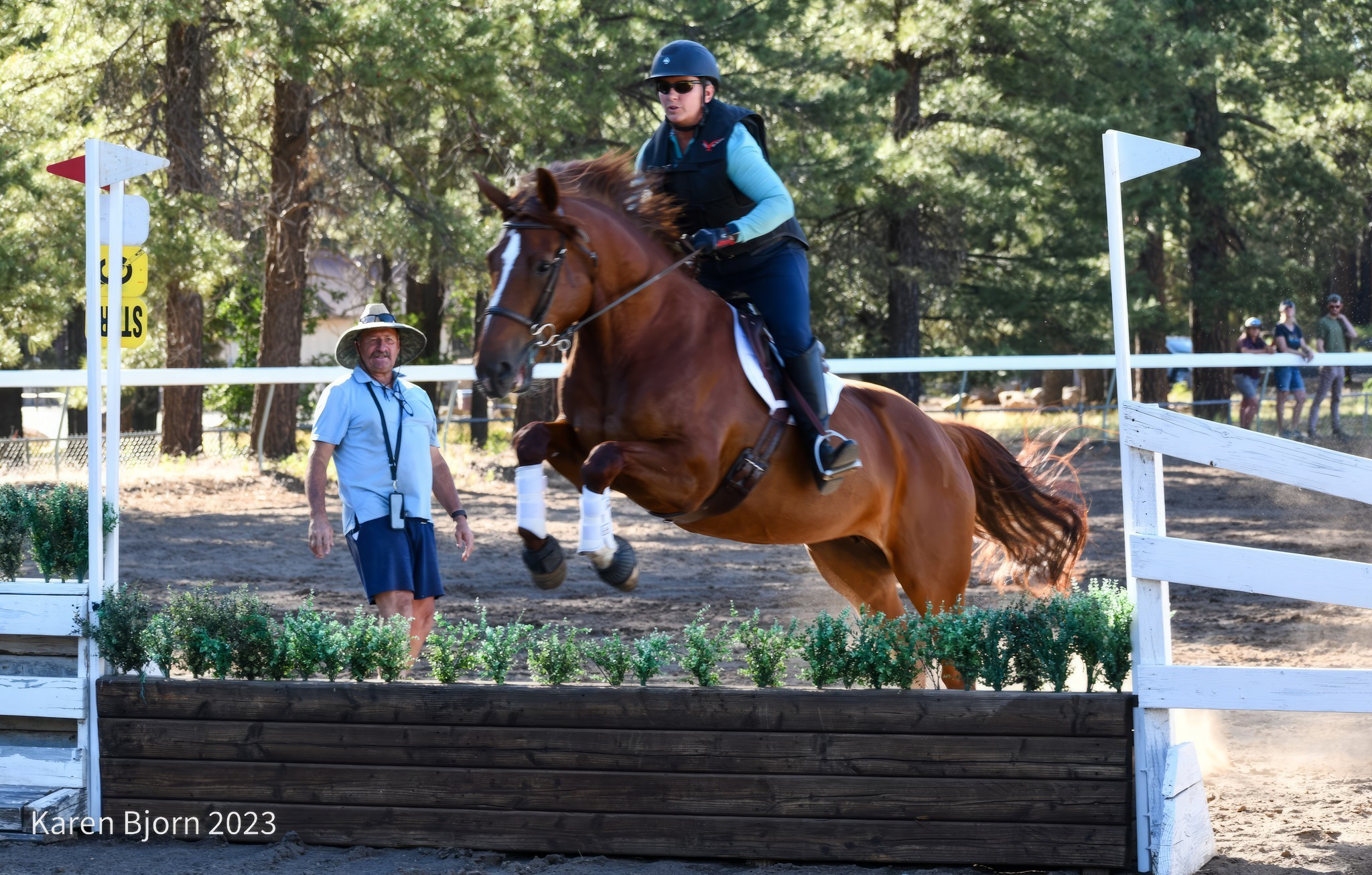
“Develop your cooling and recovery regimen long before the event, while you are doing your conditioning work,” Bouland stressed. “Get to know your horse, how long it takes for him to cool off, and what techniques work best for him. It’s important to become intimately familiar with your horse’s normal temperature, his post-work temperature, and how long it normally takes for his temperature to return to normal.”
It’s also important to develop familiarity with your horse’s legs during the conditioning process, so that you will know if swelling or bumps are normal for your horse. “Your fingers have a memory,” is one of Bouland’s favorite sayings. “You should run your hands up and down your horse’s legs before and after every ride, to become familiar with all the bumps and lumps they have and establish a baseline for what is normal.”
While most recovery efforts are focused on the vet box during a Classic Series event, Bouland stressed the importance of properly riding C Phase in the overall recovery process of your horse. Arriving in the C Box too far ahead of schedule is a common mistake Classic Series competitors make.
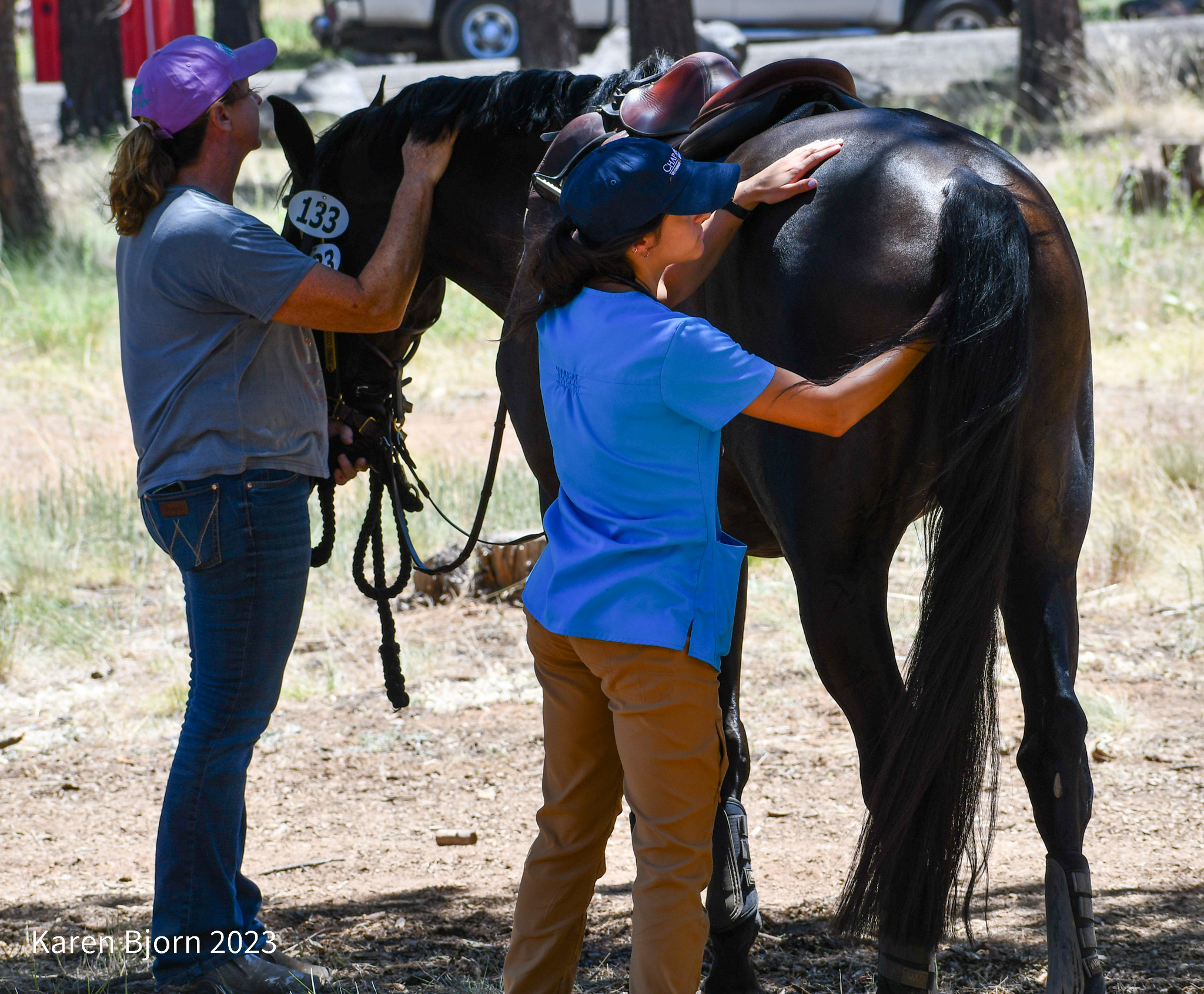
“Make good use of your C Phase, take your time, and arrive in the C Box with the lowest heart rate possible. It will pay dividends in the long run. It’s better to take your time walking on roads and tracks rather than spending a lot of time standing in the C Box. Your horse will be looser, and this will help his performance and recovery after cross country.”
Bouland’s primary advice in the vet box is to be as aggressive as possible to cool your horse. His favorite trick to help cool horses in the vet box is repeating a process of spraying with ice water, waiting until the water on the horse feels warm to the touch, then scraping, focusing on the largest muscle groups. “Wait until the water on the horse feels warm, then scrape and re-apply,” said Bouland. “This allows the heat to transfer to the water and cools the horse faster.”
Your next phase of recovery begins when your horse’s pulse and temperature are deemed acceptable by the vet, and you are released from the vet box. Bouland suggests you continue to walk and hose your horse to prevent their temperature from spiking and take their temperature several more times to ensure it doesn’t rise again. When you’re sure their pulse and temperature are normal, apply ice treatments to all four legs, ideally using the same ice treatment process you developed for your horse during your conditioning work prior to the event.
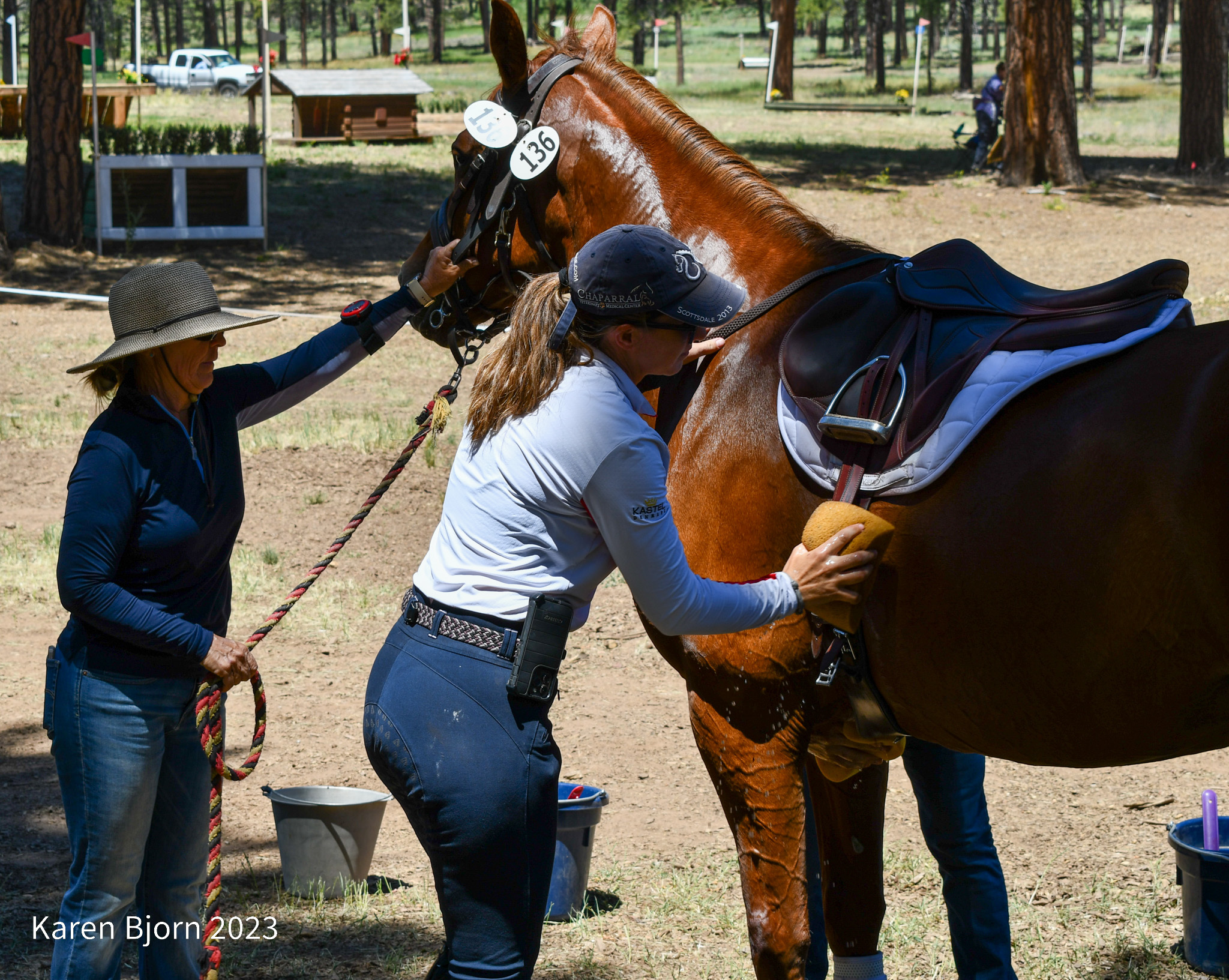
“You can use ice boot wraps, ice water submersion boots, or ice water in buckets,” said Bouland, “But make sure that whatever process you use, this isn’t the first time you have tried this method on your horse. Make sure he is already familiar with the process you are going to use and will tolerate it. You should familiarize him with the process during his conditioning work. You don’t want to spend time training him to a new process that might cause additional stress if he won’t tolerate it.”
After ice treatments, Bouland recommends a poultice and standing wraps. “Poultice and wrap all four legs. It’s a good old-fashioned treatment that works,” said Bouland. “You can use the traditional method with water and paper or use the pre-made poultice wraps that are very easy to apply.”
Bouland stressed that basic methods, applied aggressively to cool and recover your horse, are the most effective in their recovery. While new technologies have emerged, Bouland feels that they should be used as a complement to basic care, not as a replacement. “There are a lot of products you can buy, and a lot of high-tech treatments you can get for your horse to speed up recovery. But they should be a complement to rigorous basic care, not a replacement. It’s about basic horsemanship.”
He also warned that any recovery methods you use during the Classic Series Three-Day Event should be tested on your horse prior to the event. “This is not the time to try new things. Make sure you have used the device during your conditioning phase so you know how it will affect your horse and how he is going to respond to it," he said.
The next step is the hardest, but one of the most important. “Now leave your horse alone. Let him eat, drink, and rest,” said Bouland. “Walk him once or twice before nighttime, and then let him have a restful night. If the weather is still warm or humid, put a fan in his stall to help him stay cool.”
Two Area X riders who competed in the Western Underground 3-Day Event shared their unique experiences in the recovery process. For Training Three-Day rider Rishae To, this was her first attempt at a Classic Three-Day event with her 11-year-old Holsteiner gelding, Michael Jordan. Her ritual included sponging her horse with water and rubbing alcohol to assist with cooling on the hot Arizona day. “He cooled down really quickly with the rubbing alcohol in the water,” said To. Once she was back at the barn, To used ice boots, wrapped his legs with Sore No More liniment, and walked him three times throughout the evening.
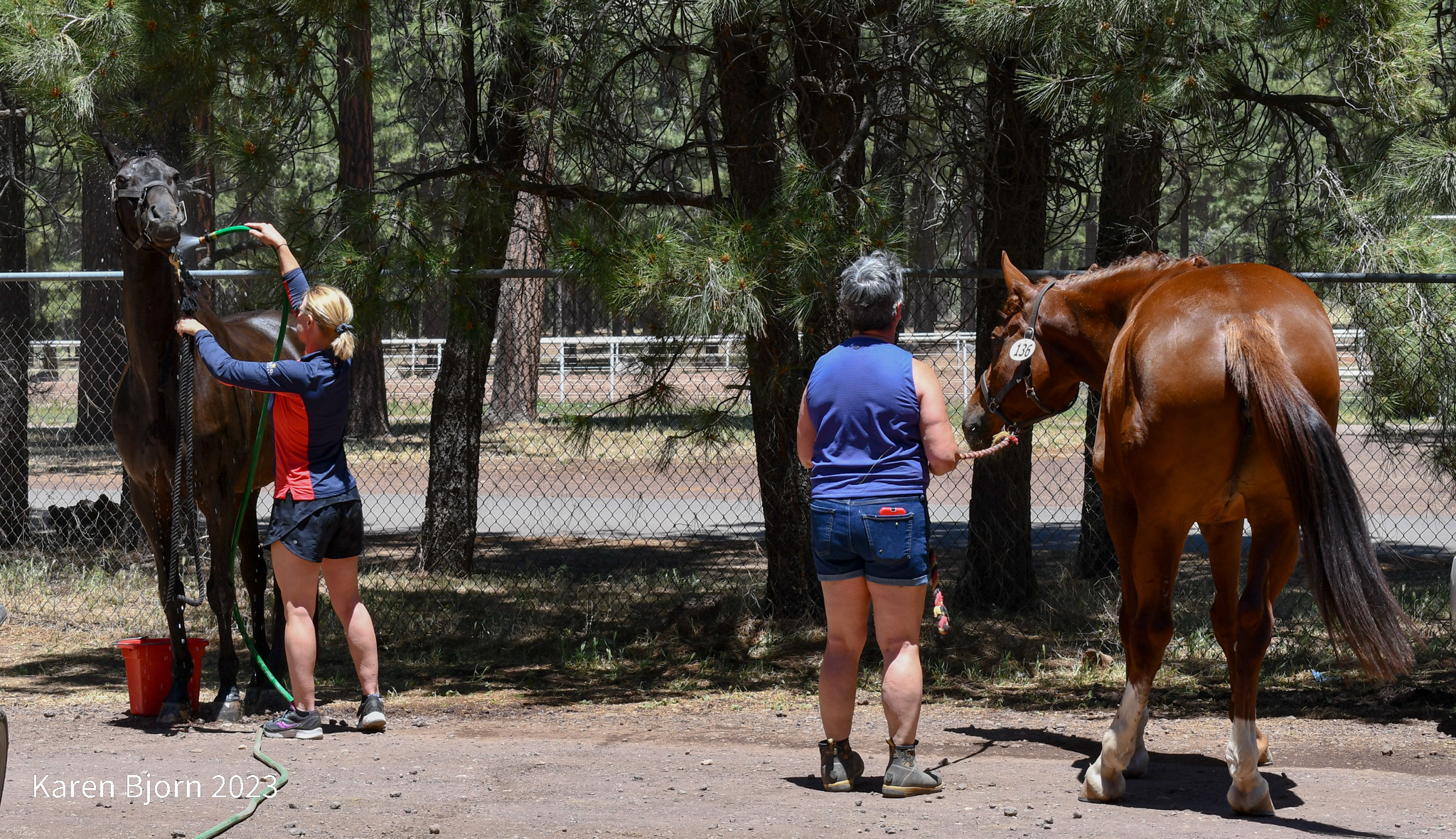
Christy Murphy, who competed in the Novice Three-Day, used a slightly different tactic. “I cold hosed her legs, iced her legs twice, used Back on Track wraps and a Back on Track sheet overnight,” said Murphy about her 9-year-old Irish Draught Sport horse mare, Made You Look. Both riders were successful, placing third in their respective divisions.
The success of your recovery efforts will be revealed in the morning on day 3 when you present your horse to the judges during the trot-up. After you remove leg wraps and rinse the poultice residue, Bouland recommends a hack to loosen and relax your horse prior to the jog.
“Take a long walk under saddle, with a little trotting, to loosen up and relax your horse. You don’t want the jog to be the first time your horse moves in the morning, since he may be stiff and not look 'right' for the judges, when in fact he just needs to be loosened up.” he said.
During warmup for show jumping, Bouland recommends a minimal amount of work. “Focus first on dressage work—leg yield, shoulder in, and transitions to get your horse loose, organized and focused. Then attempt just enough jumps, as few as four or five, to get warmed up. Get to the point without over doing it. Your horse worked hard yesterday, and you need to manage his energy today.”
The final recovery phase begins when you arrive home. As Bouland likes to say, “a show is successful only when your horse is sound on Monday morning.” When your Classic Series event is over, your horse has earned some time off. Once again, Bouland stresses that you need to know your horse. “Recovery depends on the horse—some like to be left alone, but some need to stay busy. Either way, it is important to observe them so you will know if there are any lagging injuries or problems.”
Whatever your horse prefers, you should keep them moving with ample turnout time, and not leave them confined to a stall if possible. Following their long-format event, both To and Murphy plan on some down time for their horses. “He will definitely get some time off,” said To. And Made You Look will get “lots of turnout, some time off from work, and more hacks than work for a while,” said Murphy.
Adhering to a rigorous and aggressive conditioning and recovery program will help ensure your ultimate success: a happy, healthy horse, and a great accomplishment for both of you in completing a Classic Three-Day Event…and that wonderful feeling that you absolutely can’t wait to try it again!

